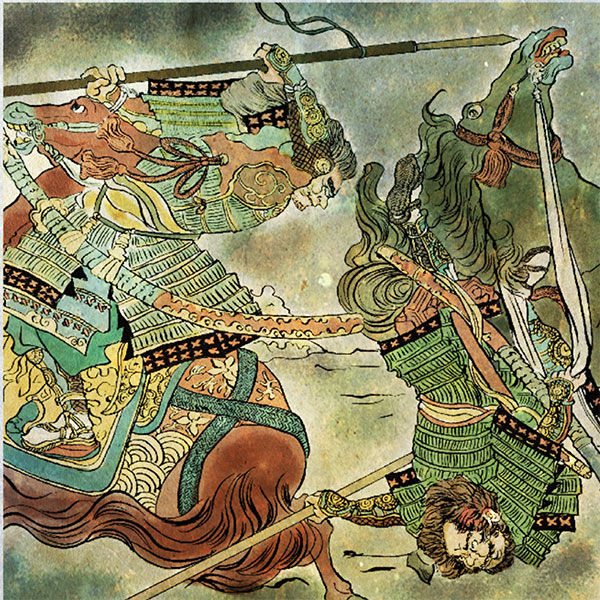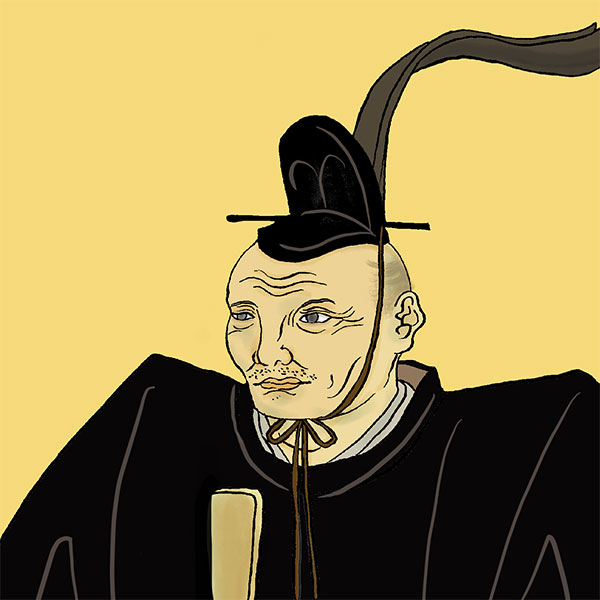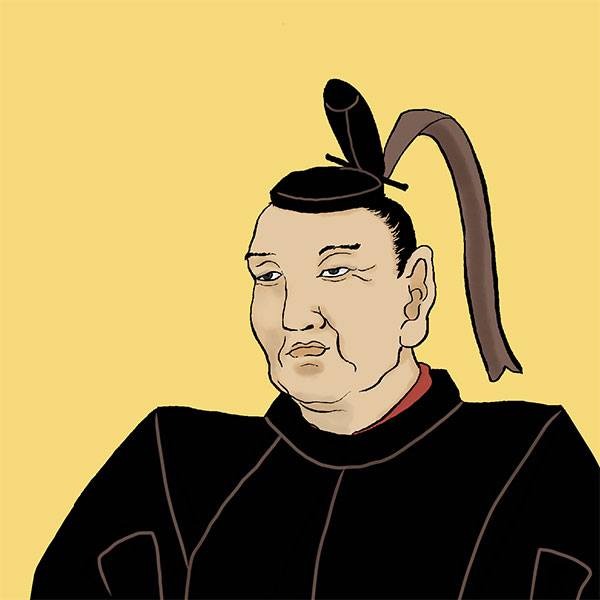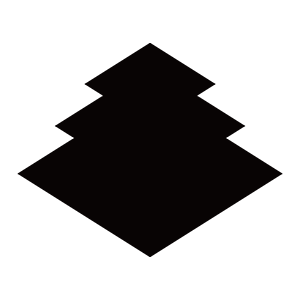- Kokura DomainA key location in Kyushu ruled by a fudai lord
- The Kokura Domain was located in Buzen Province (present-day Kitakyushu City, Fukuoka Prefecture) and had Kokura Castle as its headquarters. Tadaoki Hosokawa, who often appears in dramas, novels, and manga set in the Sengoku period, served as the first lord of the domain, and the Ogasawara clan, who ruled the Matsumoto Domain, ruled until the end of the Edo period.

Kokura CastleKitakyushu, Fukuoka Prefecture
- spring
- summer
- autumn
- winter
- TOP
- Kyushu
- Fukuoka Prefecture
- Kokura Castle
| Other name | Katsuyama Castle, Shizuki Castle |
|---|---|
| castle construction | 1569 |
| address | 2-1 Jonai, Kokura Kita Ward, Kitakyushu City, Fukuoka Prefecture |
| telephone number | 093-561-1210 |
| Opening hours | 9:00-18:00 (April-October), 9:00-17:00 (November-March) Admission is allowed until 30 minutes in advance. |
| closing day | Open all year round |
| Admission fee | Adults: 350 yen / Junior and senior high school students: 200 yen / Elementary school students: 100 yen |
- Access to Kokura Castle
- 15 minutes walk from JR "Kokura" station
HISTORYKokura Castle with its Tang-style castle tower
Kokura Castle is a sea castle located in Kokurakita Ward, Kitakyushu City, Fukuoka Prefecture. It took seven years to build by Tadaoki Hosokawa, the first head of the Higo Hosokawa clan and husband of Gracia Hosokawa. It is also famous for its Chinese-style castle tower. Let's take a look at the history of Kokura Castle.
- Kokura was a key transportation hub
- Kokura was the gateway to Kyushu, and was the junction of roads connecting various parts of Kyushu, such as the Karatsu [Kensaki Ayame 1] Highway, Nagasaki Highway, Akitsu Highway, and Nakatsu Highway. Therefore, there are records that a man named Ogata Daizennosuke Koreshige built a castle and lived in Kokura during the Bun'ei era (1264-1274). The Ogata clan ruled Kokura for about 30 years, but was defeated by Mizuhara Bitchu no Kami Sadayoshi during the Enkei era (1308-1311). After that, the ruler of Kokura changed every 20 to 30 years, and each time small castles and forts continued to be built in Kokura. During the Sengoku period, a man named Takahashi Akitane teamed up with the Mori clan to rebel against the Otomo clan, but was defeated and transferred to Kokura. Later, Toyotomi Hideyoshi, who had pacified Kyushu, gave 60,000 koku of land in Tashiro County to Mori Katsunobu (Mori Katsunobu) to rule the Kokura area. There are records that a castle was there from the time when Takahashi Akitane was transferred to Kokura, but there are no accurate records of what kind of castle it was. Mori Katsunobu was stripped of his title because he sided with the Western Army in the Battle of Sekigahara in 1600.
- From the construction of Kokura Castle by Tadaoki Hosokawa to its burning at the end of the Edo period
- Hosokawa Tadaoki took control of Kokura in place of the Mori clan, whose rule had been abolished. Tokugawa Ieyasu, who established the Edo Shogunate, granted him 399,000 koku of land, including the entire province of Buzen, Hayami County and Kunisaki County in Bungo Province, as a breeding ground for the Battle of Sekigahara. Hosokawa Tadaoki first entered Nakatsu Castle in Buzen Province, which was the residence of the Kuroda clan, but over the course of seven years from 1602 (Keicho 7), he extensively renovated Kokura Castle, which was the residence of Mori Katsunobu, and built the Kokura Castle that stands today.
Kokura Castle had Matsumaru to the south of Honmaru and Kitamaru to the north, with Ninomaru and Sannomaru surrounding these three. Records also show that there were 117 flat turrets, 16 two-tiered turrets, 12 turret gates, and 3,271 narrow gaps.
Of particular note is the castle tower, which was a linked tiered tower type consisting of a four-tiered, five-story main tower and a smaller tower. Furthermore, a structure with no gables other than the gabled hip roof on the top floor was unprecedented, so much so that the term "Kara-zukuri (Nanban-zukuri)" was even coined. The currently restored Kokura Castle tower does have multiple gables, but when you look at illustrations based on records from the time, it is designed to give the viewer a simple and modern impression.
In later years, Tsuyama Castle and Takamatsu Castle were built using Kokura Castle's large castle tower as a reference. Unfortunately, the castle tower, which was filled with Hosokawa Tadaoki's attention to detail and aesthetic sense, burned down in 1837 and was never rebuilt. In addition, at the same time as constructing Kokura Castle, Hosokawa Tadaoki also developed the castle town, utilizing the Murasaki River, which flows to the east of the castle, as a natural moat and incorporating the town within the castle. Throughout the Edo period, Kokura Castle served as the administrative center of the Kokura Domain, and the Hosokawa family and the Ogasawara family, a fudai daimyo, served as the castle's lords until the end of the Edo period.
In 1866, the second year of the Keio era, the Kokura Domain was forced into a disadvantageous position after fighting the Choshu Domain during the Second Choshu Expedition. The Kokura Domain decided to withdraw from Kokura Castle, which was burned down. The lord of the domain retreated to the Kumamoto Domain, and the elder retainers moved the domain's administrative base to Kahara, Tagawa County, Fukuoka Prefecture. At this point, the Kokura Domain was practically extinct, and the world entered the Meiji era. - Kokura Castle after the Meiji Period
- In the Meiji period, the 14th Infantry Regiment and the 12th Infantry Brigade Headquarters, which controlled the 14th Infantry Regiment, were located on the site of Kokura Castle, and a headquarters building was built. In 1959, the exterior of the castle tower was restored with a reinforced concrete structure. This is the current Kokura Castle, but it has multiple gables and is different from its historical appearance. The interior is a local history museum, and was renovated in 1990 to become an experience-based facility. In 1998, the Kokura Castle Garden and Kitakyushu City Matsumoto Seicho Memorial Museum were opened, and in 2017, it was selected as one of the top 100 castles in Japan. Today, Kokura Castle hosts original events such as the "Kokura Castle Night Castle," where you can enjoy a bar and dining in the castle tower, making it a popular tourist spot for domestic tourists as well as those visiting Japan from overseas. In addition, there are events held here such as the Cherry Blossom Festival in late March, the Takigi Noh performance in late September, and the Kitakyushu Kokura Castle Festival in October, and the area is bustling with visitors during these periods.
- summary
- Kokura has long been a hub on the highways connecting Kyushu and a gateway to Honshu, where many warlords have fought over control since ancient times. Kokura Castle, built by Hosokawa Tadaoki, functioned as the administrative center of the Kokura Domain, which ruled the area throughout the Edo period, but was destroyed during the war between the Choshu Domain and the Kokura Domain at the end of the Edo period. The current reconstructed castle tower of Kokura Castle differs from its historical appearance, but you can still recall its elegance and grandeur of the past. There are also events held in the castle tower where you can enjoy food, drinks, and a cafe, making it a place you can enjoy all day.
Read about incidents related to Kokura Castle
- Kyushu pacificationHideyoshi defeated Shimazu and took control of Kyushu.
- Toyotomi Hideyoshi succeeded Oda Nobunaga and promoted the unification of Japan. Hideyoshi made his biggest rival, Tokugawa Ieyasu, a vassal after the Battle of Komaki and Nagakute in 1584, and in 1585 he defeated Motochika Chosokabe and conquered Shikoku.

Read biographies related to Kokura Castle
History of the Kokura Domain, with Kokura Castle as its domain office
| Domain office | Kokura Castle |
|---|---|
| old area | Buzen Province |
| stone height | 150,000 koku |
| Fudai/Tozama | Sotosama/Fudai |
| main lord | Hosokawa family, Ogasawara family |
| Estimated population | 240,000 people (first year of the Meiji era) |















